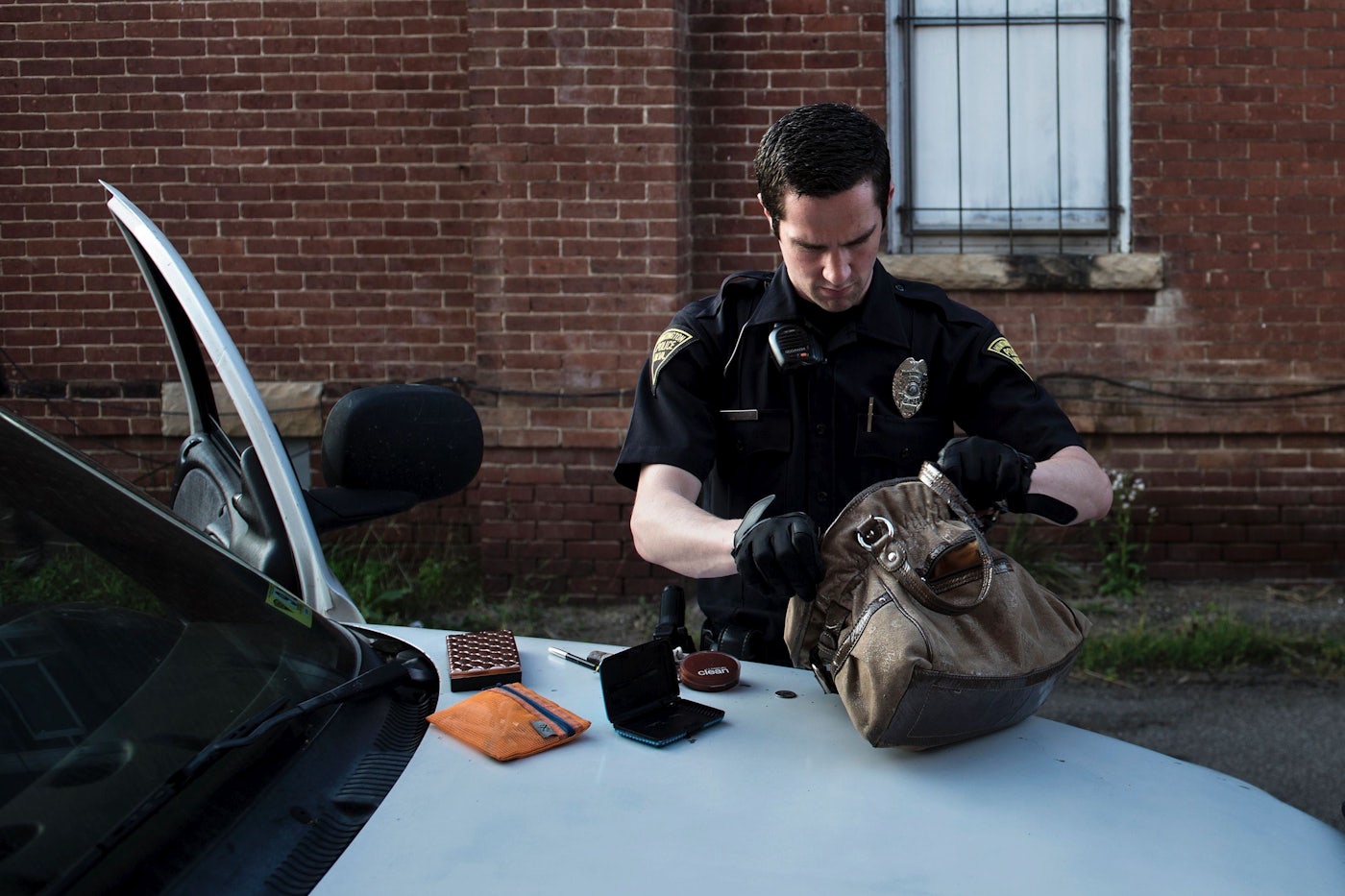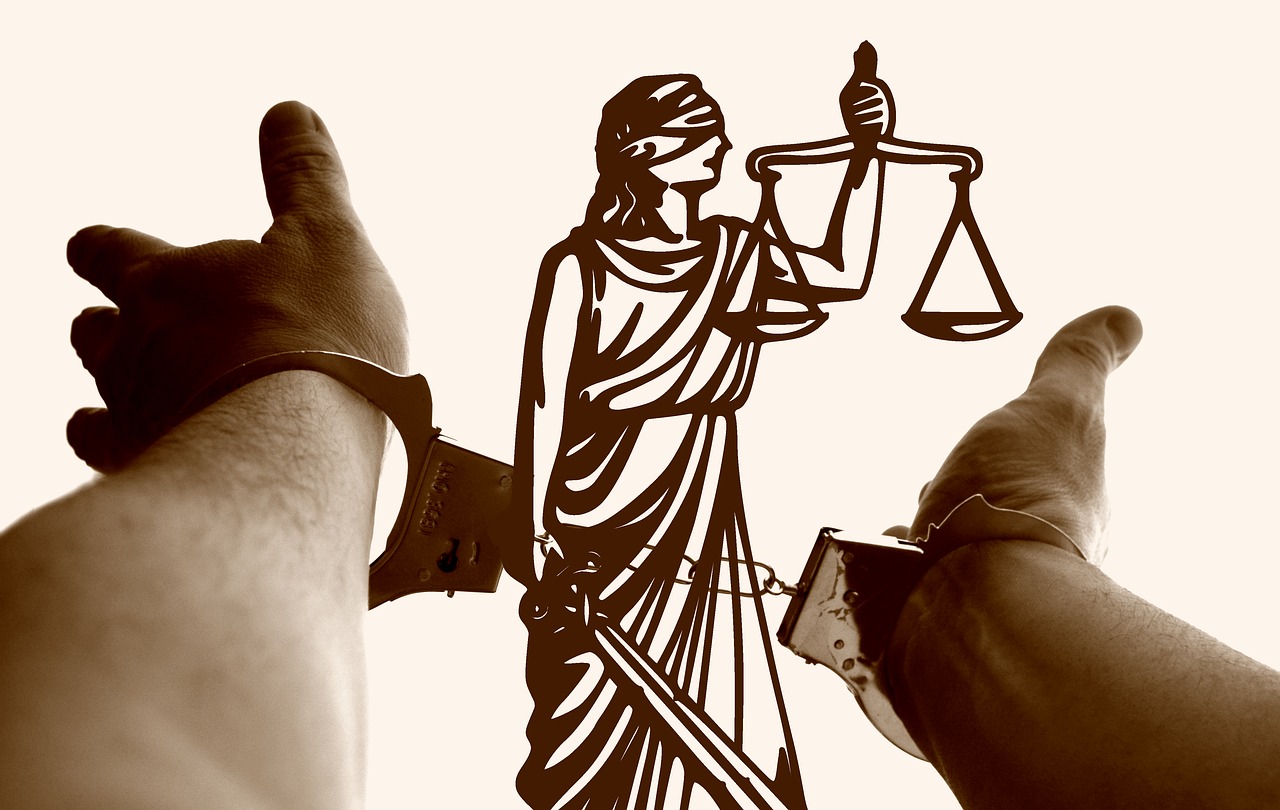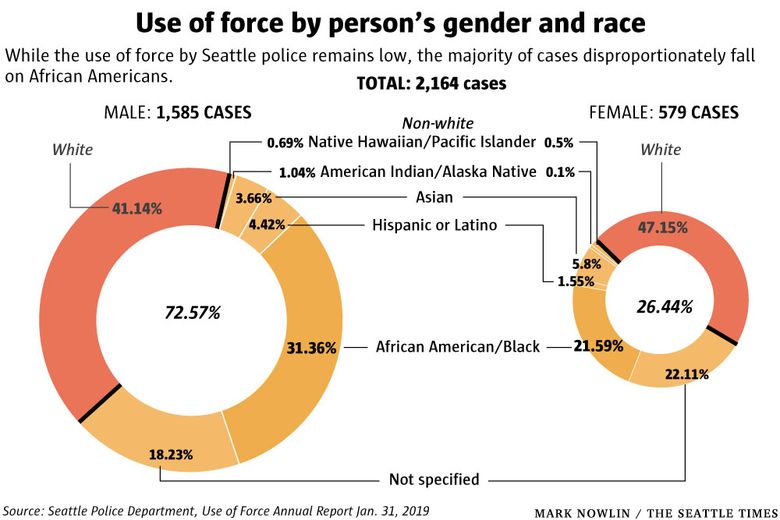Excellent article by reporter Kelly Jensen of Bookriot.com discusses how the Washington State Department of Corrections adopted a policy which disallows books to be donated to prisons via nonprofit organizations.
“So quietly, in fact, that one of the largest nonprofits that works to get donated materials to prisoners was taken by surprise to discover the change,” reports Ms. Jensen. “They weren’t informed before it was implemented.”
Fortunately, Books to Prisoners, a nonprofit organization located in Seattle, is ready to fight it.
One of the reasons noted for this sudden policy change is the lack of staff in mail rooms to determine whether or not materials sent are appropriate or whether they’re hiding contraband. Likewise, additional funding and resources are not available to the Washington State Library (WSL).
“This highlights exactly why Books to Prisoners and similar nonprofits do the work that they do — these facilities are underfunded and that lack of funding impacts the individuals who use those books to improve themselves and their own literacy,” says Jensen. “These book donations, which are thoroughly inspected by those at the nonprofit for suitability, fill a critical role in helping those incarcerated who otherwise lack access to vital educational tools.”
Books to Prisoners has sent free books to prisoners across the country since 1973. They note in a tweet “Attempted bans pop up sometimes, most recently by Pennsylvania DOC in 2018, always using same vague “safety” justification. In 45 years, our books have never had contraband.” They added, “Given that we’ve sent books without issue since 1973, and currently send to 12,000 unique prisoners across almost every state in the country each year, it would be bewildering if after 46 years of work as an award-winning nonprofit we decided to start transporting contraband.”
According to Jensen, prison libraries are severely underfunded; and there’s a lack of staff as well. And as Books to Prisoners notes, “Furthermore, the reason that we send books directly to the hands of prisoners is that libraries are chronically underfunded and understaffed.” Barring access to literature, which is what this policy does, hinders those who need it most.
Other states, including New York, have tried similar bans and they’ve been rescinded. The ACLU has stepped in in similar attempted book bans in prison as well. Criminal justice reform includes ensuring that those who are incarcerated have rights to literature and education, so steps like these by the Washington Department of Corrections are but steps backwards. To combat recidivism, literacy is one of the crucial steps forward, and yet, situations like these further hinder rehabilitation and self-development of those who most need it.
Please contact my office if you, a friend or family member are charged with a crime. Hiring an effective and competent defense attorney is the first and best step toward justice.















